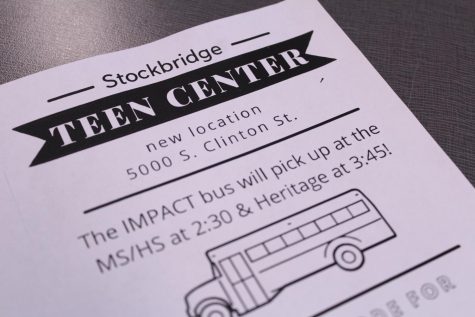Community college does not mean incapable

I sit in class watching the hand revolve around the clock again and again.
From the moment I am writing this there are 59 days, 1,416 hours and 5,097,600 seconds left until the last day of high school for the Class of 2018.
As one phase of life draws to a close, for some, the next phase draws nearer and nearer every day: college.
If applying to colleges was not stressful enough, deciding where to go and what route to take is even more arduous.
In the fall of 2014, 42 percent of all and 25 percent of full-time undergraduate students were enrolled in community college according to a 2016 study conducted by the The College Board.
With four-year college tuition prices skyrocketing, community colleges have opportunities that graduating high school students do not taken advantage of enough.
Americans owed more than $1.3 trillion in student loans at the end of June 2017, says the Pew Research Center.
We are trillions of dollars in debt, yet college students are learning less and less with each passing year.
“Thirty-six percent” of college students learned little in four years of college, and students now spend “50% less time studying compared with students a few decades ago, the research shows,” according to the Competitive Enterprise Institute, a non-profit public policy organization dedicated to advancing the principles of limited government, free enterprise and individual liberty.
Why is it that we are paying so much more money now when we are actually learning less?
An alternative to the over-priced and oftentimes over-rated option of going to a four year college is community college.
Class sizes are smaller and professors seem more geared toward helping their students achieve in the higher level education system.
Some introductory-level courses at universities are in lecture halls with 150-300 or more students in a class. In contrast, the average community college class size is 25-35 students, according to the Integrated Postsecondary Education Data System (IPEDS).
They include many opportunities that four year colleges offer for a fraction of the cost, such as newspapers to write for, sports teams to play on and clubs to join.
The downside to these establishments is that rap they have been given. Graduates have been brainwashed into thinking that if they go to community college it equals failure and a non-successful life later on, but that could not be farther from the truth.
Why should we grow up thinking that spending thousands of extra dollars on the same courses, overpriced dorm rooms and communal bathrooms is the best and only valid option to succeed in life?
So, the next time you ask a graduating senior where they are going to school in the fall, and she says, “Oh, I’m going to community college,” tell her “Congratulations” instead of acting like she is less of a person.








